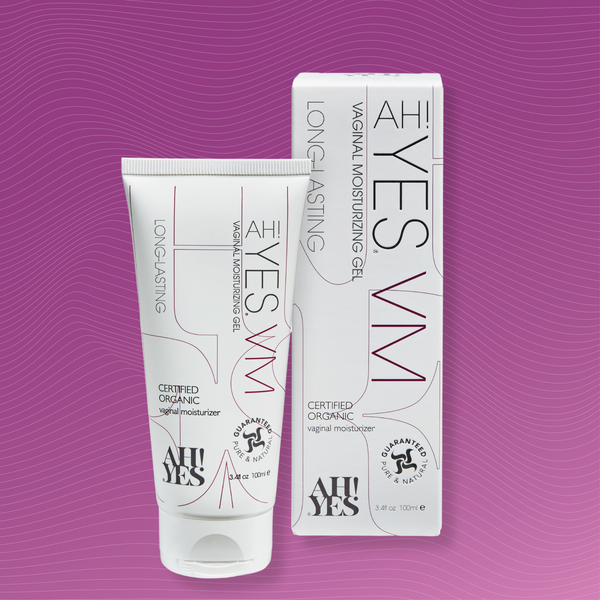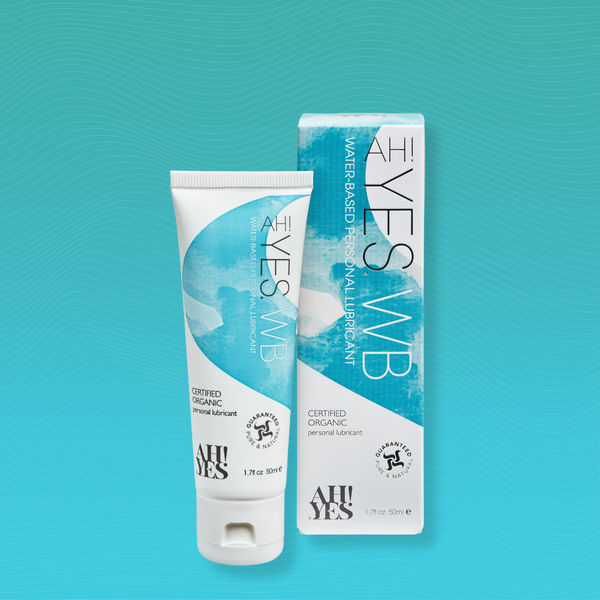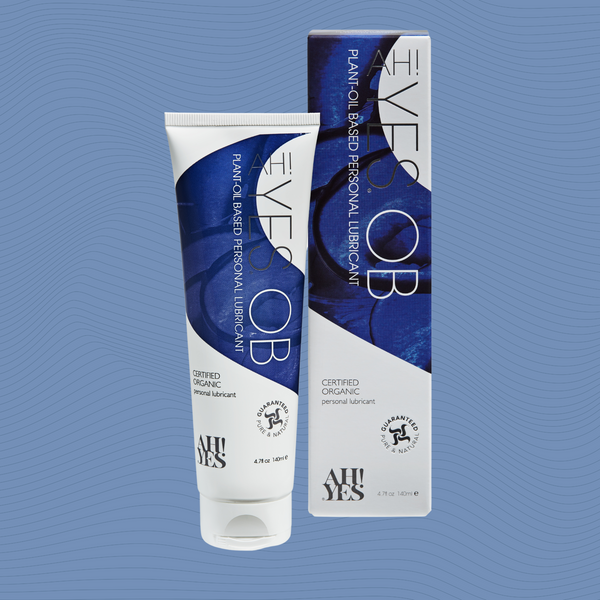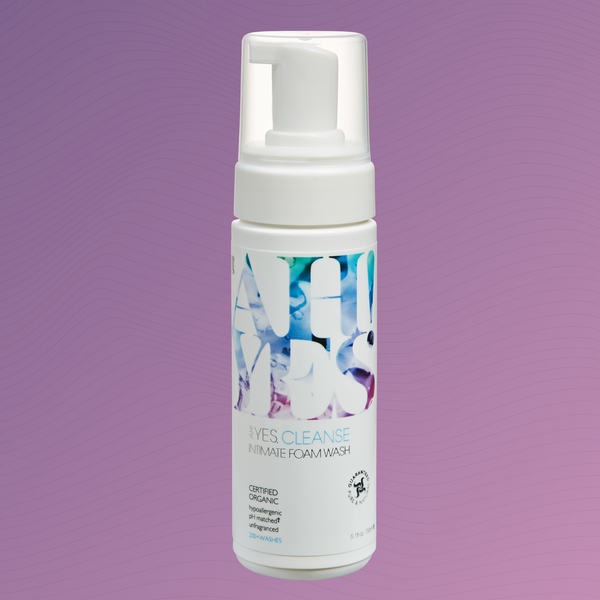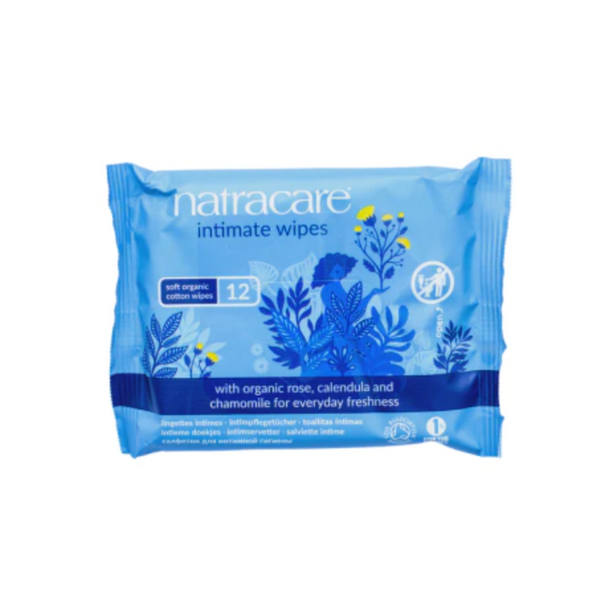Many women (as much as 90% of post-menopausal women!) experience vaginal dryness. Many are searching for a natural remedy for vaginal dryness, and others seek medical intervention to find relief. Finding a relief for vaginal dryness means first understanding exactly what it is and why it can occur. Vaginal dryness is common and it can happen at any time in a woman’s life. It is sometimes referred to as vaginal atrophy, or atrophic vaginitis, these are slightly different conditions that can include vaginal dryness as a symptom. While vaginal dryness is very common during perimenopause and menopause, it is not limited to midlife.
Vaginal dryness can cause itching, burning, dryness and pain during sex or day-to-day life. It can significantly affect a woman’s quality of life, and some may struggle with sex and intimacy as a result. The great news is vaginal dryness can be easily managed and is not something anyone should have to suffer with.

